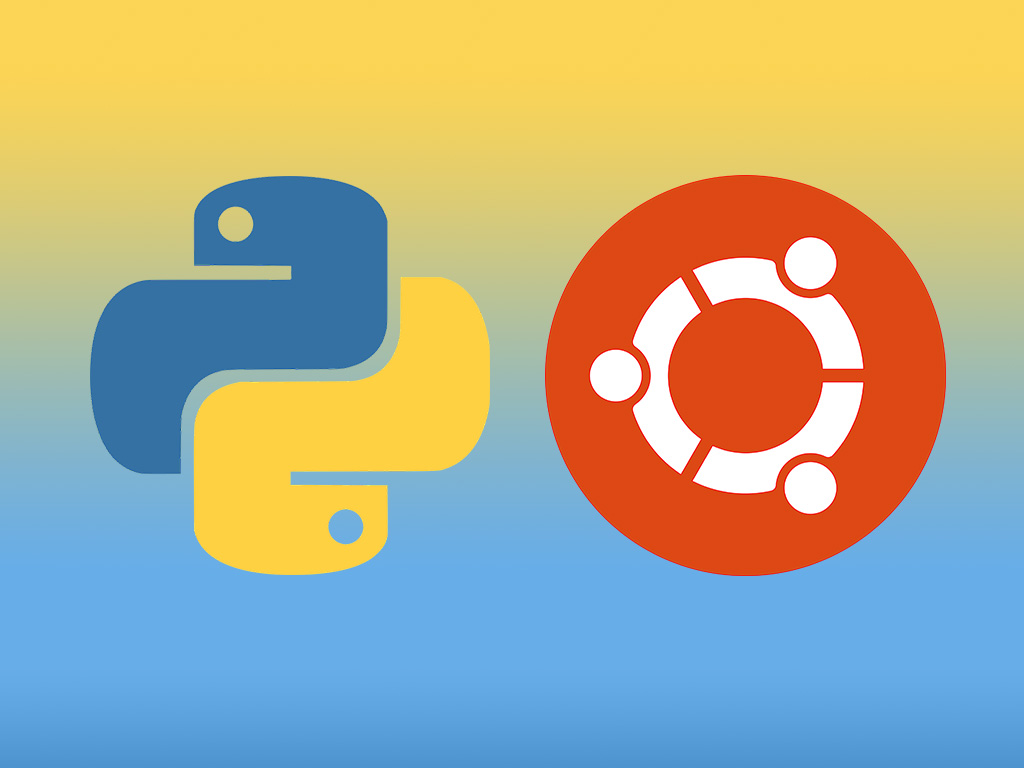Writing files in XUL isn’t that much harder than reading a file, in fact its very similar. What a relief. In my example I am appending the data “Appending Data” to my file.
function writeFile()
{
var data = “Appending Data”;var filePath = “C:\\text.txt”;
var file = Components.classes[“@mozilla.org/file/local;1”] .createInstance(Components.interfaces.nsILocalFile);
var foStream = Components.classes[“@mozilla.org/network/file-output-stream;1”] .createInstance(Components.interfaces.nsIFileOutputStream);
file.initWithPath(filePath);
if ( file.exists() == false ) {
alert(“File does not exist”);
}
foStream.init(file, 0x02 | 0x10, 00666, 0);
foStream.write(data, data.length);
foStream.close();
}
file – gets the nsILocalFile interface component, making file of type nsILocalFile
foStream – gets the nsIFileOutputStream interface component, inherited from nsIOutputStream, making foStream of type nsIFileOutputStream
- init(file, file_io_flags,file_mode_flags, behavior_flags) –
| Option | Type | |
| file | nsIFile | |
| File_io_flags | 0x01 | Read only |
| 0x02 | Write only | |
0x04 | Read and Write | |
| 0x08 | Create File | |
| 0x10 | Append | |
| 0x20 | Truncate | |
| 0x40 | Sync | |
| 0x80 | Exclude | |
| File_mode_flags | 00400 | Read by owner |
| 00200 | Write by owner | |
| 00100 | Execute by owner | |
| 00040 | Read by Group | |
| 00020 | Write by Group | |
| 00010 | Execute by Group | |
| 00004 | Read by Others | |
| 00002 | Write by Others | |
| 00001 | Execute by Others | |
| * Mode flags can by added to combine flag * File_mode_flags is only applicable to UNIX based systems | ||
| Behavour_flags | 0 | Default |
write(data, count) – sends the data string parameter to the output stream buffer, and writes the number of bytes according to count
close() – closes the stream
Not too difficult, but it is sure difficult to find the instructions and documentation





great stuff….very informative…thanks…
Hi
Is it possible to write executable file on mac using above code.
I have tried all the way but file gets written only in read mode.
so how to execute file
In unix same code works fine and writes exectable shell script
but in Mac its not
I see ..’File_mode_flags is only applicable to UNIX based systems’
then how to execute Mac file. some of them are .sh , some are .app file
how to pass arguements
Hey Rajesh,
Well from what I understand Mac OS X is basically a version of UNIX, so it should follow the same format. I have an example of me creating a script for Mac here: Using Mozilla to create a DMG Part II. If your talking about making an executable program for Mac, that’s a different story. You’ll need an info.plist file (which is an xml outline for your program), then give the directory a .app extension, you shouldn’t need any arguments, unless your app requires it somehow.
To run without arguments, all you really need is this:
var file = Components.classes[“@mozilla.org/file/local;1”].
createInstance(Components.interfaces.nsILocalFile);
file.initWithPath(applicationPath);
var process = Components.classes[“@mozilla.org/process/util;1”]
.createInstance(Components.interfaces.nsIProcess);
process.init(file);
var args = [];
process.run(true,args,args.length);
if you have arguments, just add them as a string to the args array
Thanks.
But my requirement was little different.
I am wirting script file .sh files
which i execute through java code.
To execute this script file either i need to make it 755 mode or i can pass that script file to /bin/sh as argument
Thanks a lot
Thanks.
Useful example, its helps me